Author: Paul Amico
As one of the varieties that was integral to the insane rise in popularity of IPA, Amarillo holds a place in the heart of many for its ability to impart beer with a beautiful combo of citrusy orange and grapefruit with hints of floral and spice characteristics. Compared to other popular hop varieties, Amarillo typically has a relatively low alpha acid content, but such is not the case with Amarillo LUPOMAX, which offers a concentrated form of this classic variety.
Alpha: 14%
Beta: 5.5 – 8%
Cohumulone: 20 – 24% of alpha acids
Total Oil: 1.9 mL/100g
Myrcene: 40 – 50%
Humulene: 19 – 24%
Caryophyllene: 7 – 10%
Farnesene: 6 – 9%
Linalool: 0.5 – 0.8%
Geraniol: 0.1%
ß-Pinene: 0.4 – 0.8%
Parentage: wild
I’ve been a huge fan of Amarillo since I started drinking commercial beers made with it as well as using it in my own brewing in the mid-aughts. When I heard John I. Haas was releasing a LUPOMAX version of this variety, picking some up for The Hop Chronicles was a no-brainer.
| MAKING THE BEER |
As usual, I went with our standard Hop Chronicles Pale Ale recipe as the base for this batch, adapting all additions based on the potency of LUPOMAX.
Amarillo LUPOMAX Pale Ale
Recipe Details
| Batch Size | Boil Time | IBU | SRM | Est. OG | Est. FG | ABV |
|---|---|---|---|---|---|---|
| 5.5 gal | 60 min | 43 | 5.5 SRM | 1.052 | 1.011 | 5.38 % |
| Actuals | 1.052 | 1.011 | 5.38 % | |||
Fermentables
| Name | Amount | % |
|---|---|---|
| Lamonta: Pale American Barley Malt | 10 lbs | 83.33 |
| Vanora: Vienna-style Barley Malt | 2 lbs | 16.67 |
Hops
| Name | Amount | Time | Use | Form | Alpha % |
|---|---|---|---|---|---|
| Amarillo LUPOMAX | 8 g | 60 min | Boil | Pellet | 14 |
| Amarillo LUPOMAX | 12 g | 30 min | Boil | Pellet | 14 |
| Amarillo LUPOMAX | 16 g | 15 min | Boil | Pellet | 14 |
| Amarillo LUPOMAX | 56 g | 2 min | Boil | Pellet | 14 |
| Amarillo LUPOMAX | 56 g | 4 days | Dry Hop | Pellet | 14 |
Yeast
| Name | Lab | Attenuation | Temperature |
|---|---|---|---|
| Flagship (A07) | Imperial Yeast | 77% | 32°F - 32°F |
Notes
| Water Profile: Ca 92 | Mg 1 | Na 10 | SO4 153 | Cl 50 |
Download
| Download this recipe's BeerXML file |
I started off my brew day by collecting the full volume of water for this 5 gallon/19 liter batch, which I adjusted to my desired profile.
After flipping the switch on my controller to heat the water, I weighed out and milled the grain.
When the water was properly heated, I incorporated the grains and set the controller to maintain my desired mash temperature of 152°F/ 67°C before preparing the kettle hop additions.
Once the 60 minute mash rest was complete, I removed the grains and let them drip into the kettle while the wort was being heated.
The wort was then boiled for 60 minutes, after which I used my CFC to chill it during transfer to a sanitized fermenter.
A refractometer reading showed the wort was at my target OG.
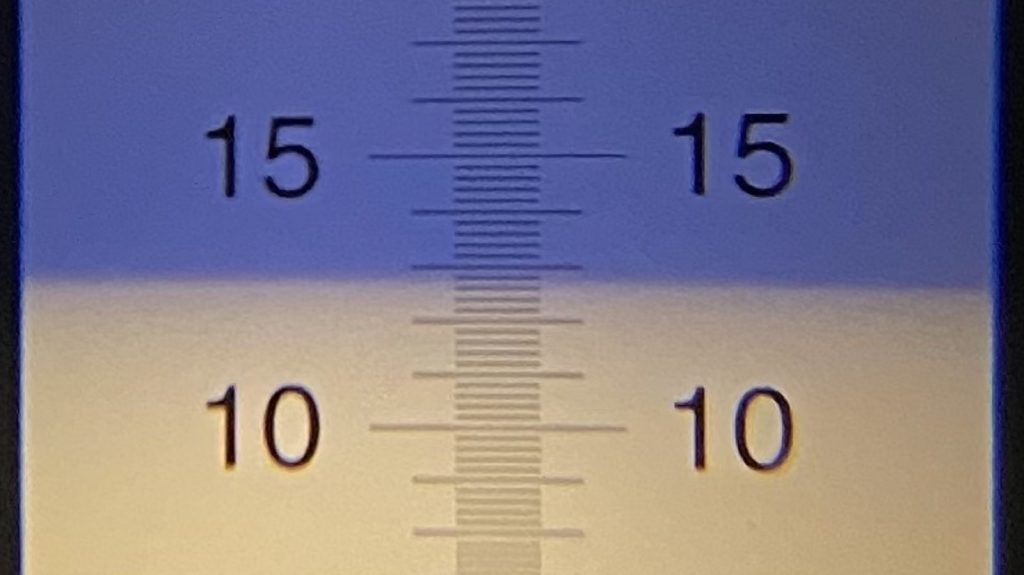
Next, I direct pitched a single pouch of Imperial Yeast A07 Flagship into the wort.
The beer was left to ferment at 66°F/19°C for 2 weeks before I took a hydrometer measurement confirming FG was reached.
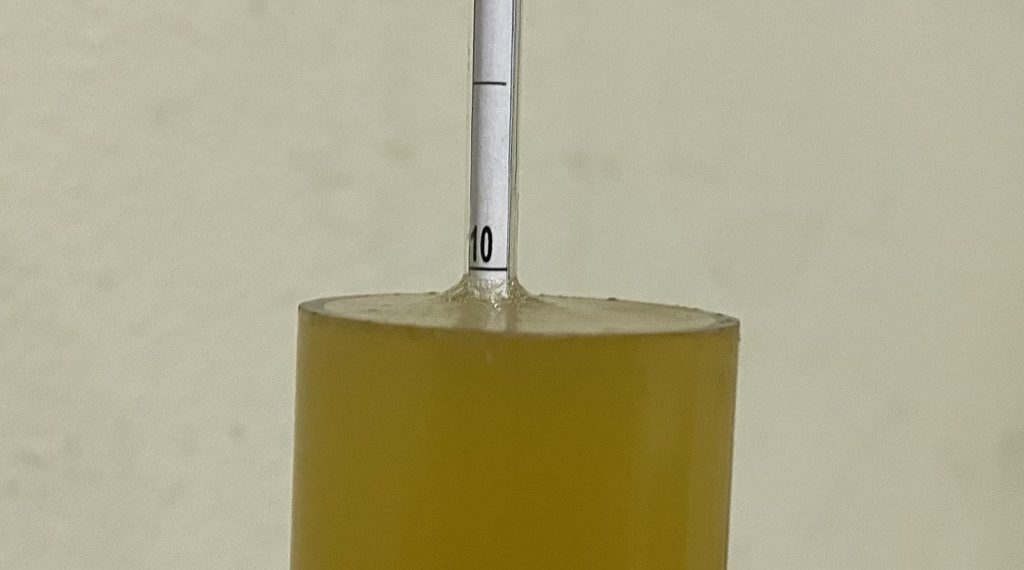
With fermentation complete, I pressure transferred the beer to a CO2 purged keg.
The filled keg was placed in my keezer and burst carbonated overnight before I reduced the gas to serving pressure. After a couple weeks of conditioning, I began serving it to blind tasters.
| METHOD |
Participants were instructed to focus only on the aromatic qualities of the beer before evaluating the flavor. For each aroma and flavor descriptor, tasters were asked to write-in the perceived strength of that particular characteristic on a 0-9 scale where a rating of 0 meant they did not perceive the character at all and a 9 rating meant the character was extremely strong. Once the data was collected, the average rating of each aroma and flavor descriptor was compiled and analyzed.
| RESULTS |
A total of 33 people participated in the evaluation of this beer, all blind to the hop variety used until after they completed the survey. The average aroma and flavor ratings for each descriptor were plotted on a radar graph.
Average Ratings of Aroma and Flavor Perceptions
The 3 characteristics endorsed as being most prominent by participants:
| Aroma | Flavor |
| Citrus | Citrus + Pine (tie) |
| Tropical Fruit | Resinous |
| Stone Fruit | Spicy/Herbal |
The 3 characteristics endorsed as being least prominent by participants:
| Aroma | Flavor |
| Onion/Garlic | Berry |
| Spicy/Herbal | Melon + Onion/Garlic (tie) |
| Dank/Catty | Apple/Pear |
When asked to rate the pungency/strength of the hop, most tasters perceived it as being mildly to moderately pungent.
Tasters were then instructed to identify beer styles they thought the hop would work well in.
Finally, participants were asked to rate how much they enjoyed the hop character on a 1 to 10 scale.
My Impressions: Despite being made with just one hop variety, I thought this Amarillo LUPOMAX Pale Ale was killer. Similar to tasters, I got a nice bouquet of citrus, namely orange, in the nose while the flavor was balanced with hints of pine and floral notes. This was one of the more nostalgic beers I’ve made, taking me back to my early days of brewing.
| CONCLUSION |
Amarillo played a big role in the craft beer boom of last couple decades, known for contributing a pleasant blend of orangey citrus, pine, and floral notes that defined west coast versions of IPA. With their LUPOMAX hop product, John I. Haas aims to concentrate these desirable characteristics while reducing the overall amount of vegetal matter added to beer.
Indeed, the most prominent characteristics perceived by blind tasters of a Pale Ale brewed solely with Amarillo LUPOMAX were citrus and pine, with many commenting post-survey about a distinct orange note in both the aroma and flavor. Perhaps as a function of LUPOMAX pellets consisting of less leafy matter, tasters also reported fairly strong notes of tropical fruit and stone fruit in the aroma, which likely explains the high rating for IPA as a style this hop would work well in.
As someone who started brewing in early 2000’s because of my love for the citrusy, piney IPA of the time, I was thrilled with how this Amarillo LUPOMAX Pale Ale turned out. While I expected notes of orange to be present, I was surprised with just how fruity this beer was, and it was all beautifully balanced by soft pine and floral characteristics. As excited as I am to blend Amarillo LUPOMAX with other hops in the future, this simple single-hop was good enough that I’ll definitely brew it again as-is.
Amarillo LUPOMAX hops are available now at Yakima Valley Hops, get some while you can! If you have any thoughts on this variety, please feel free to share them in the comments section below.
Support Brülosophy In Style!
All designs are available in various colors and sizes on Amazon!
Follow Brülosophy on:
FACEBOOK | TWITTER | INSTAGRAM
If you enjoy this stuff and feel compelled to support Brulosophy.com, please check out the Support page for details on how you can very easily do so. Thanks!



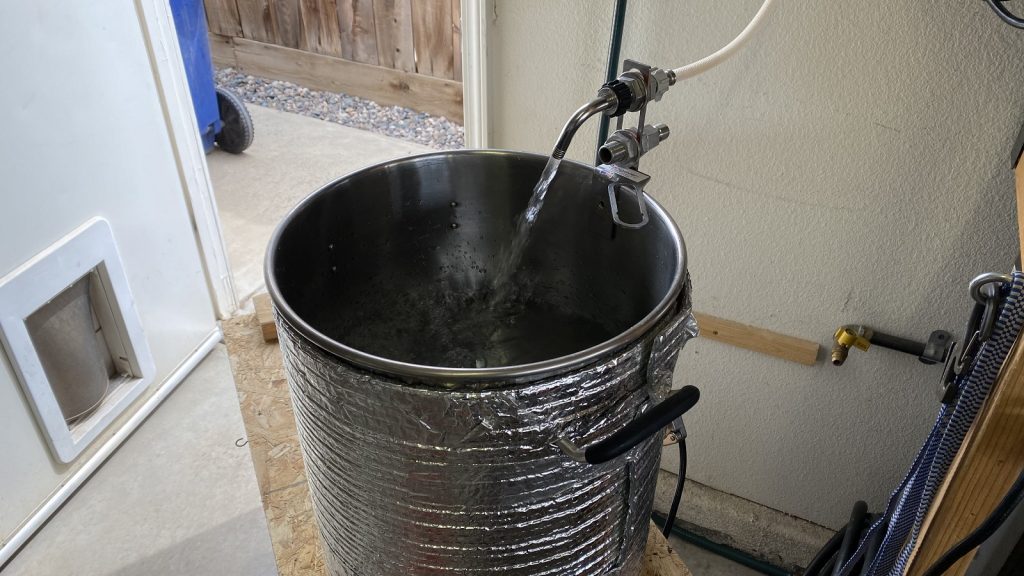
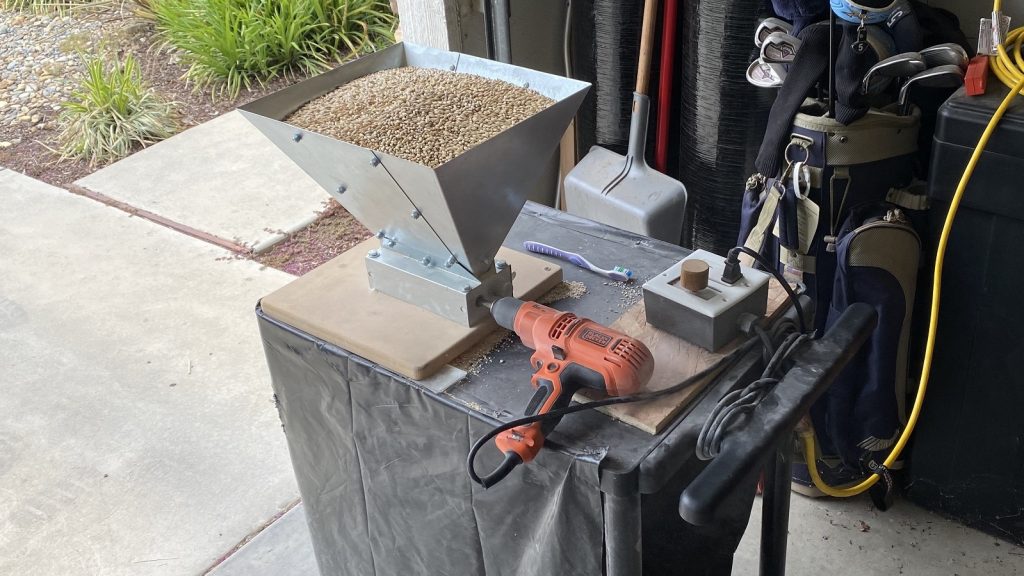
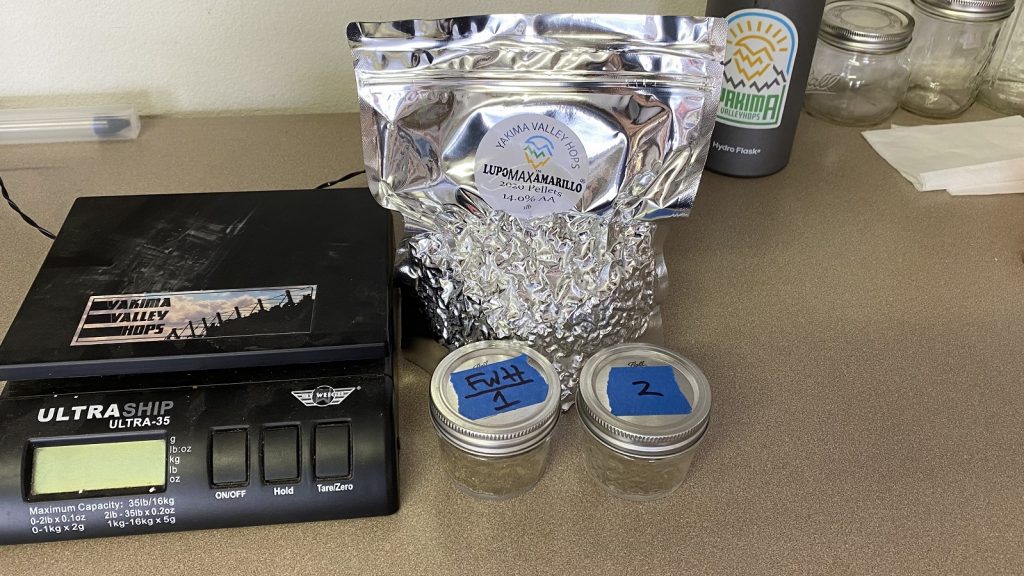
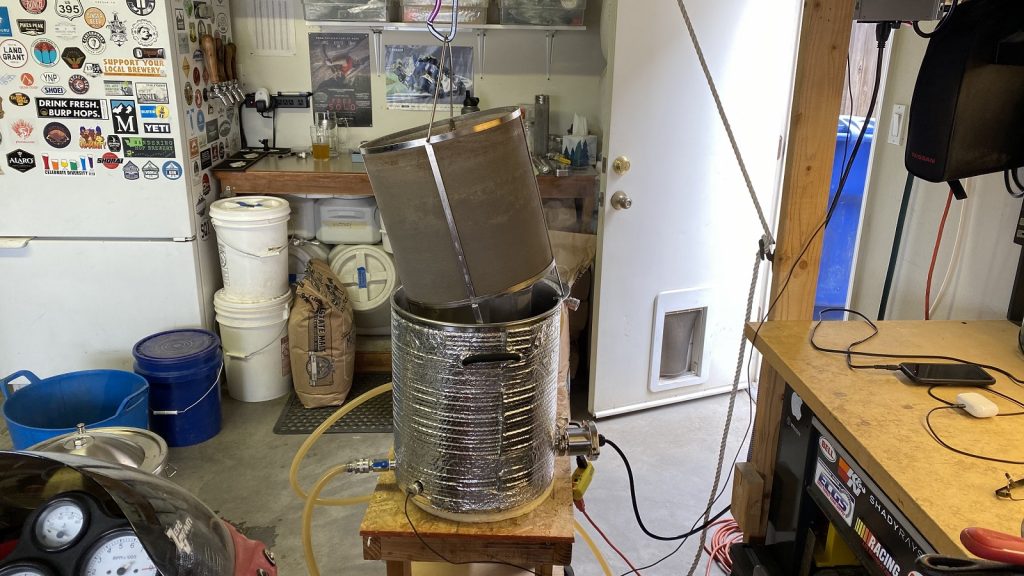
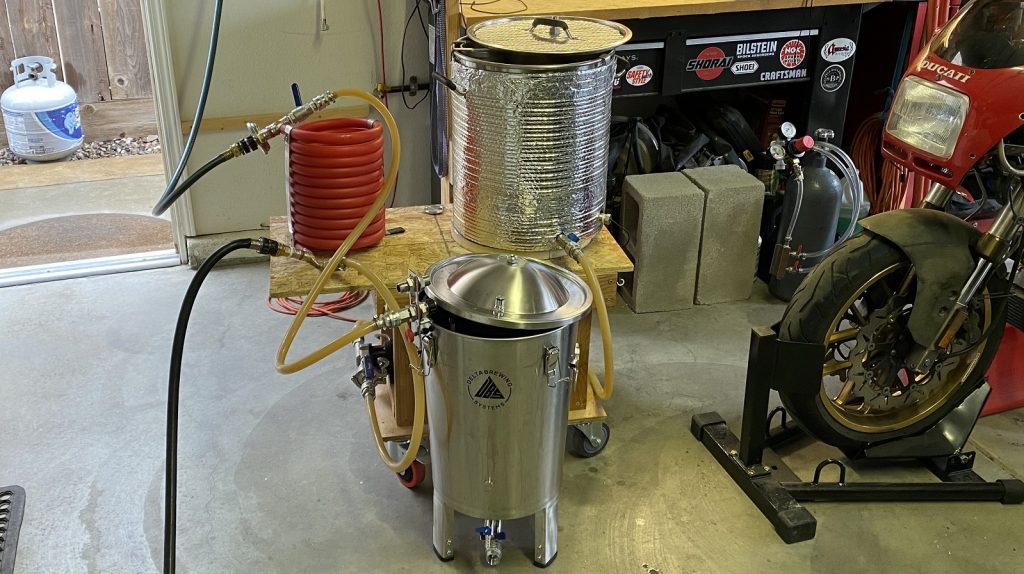
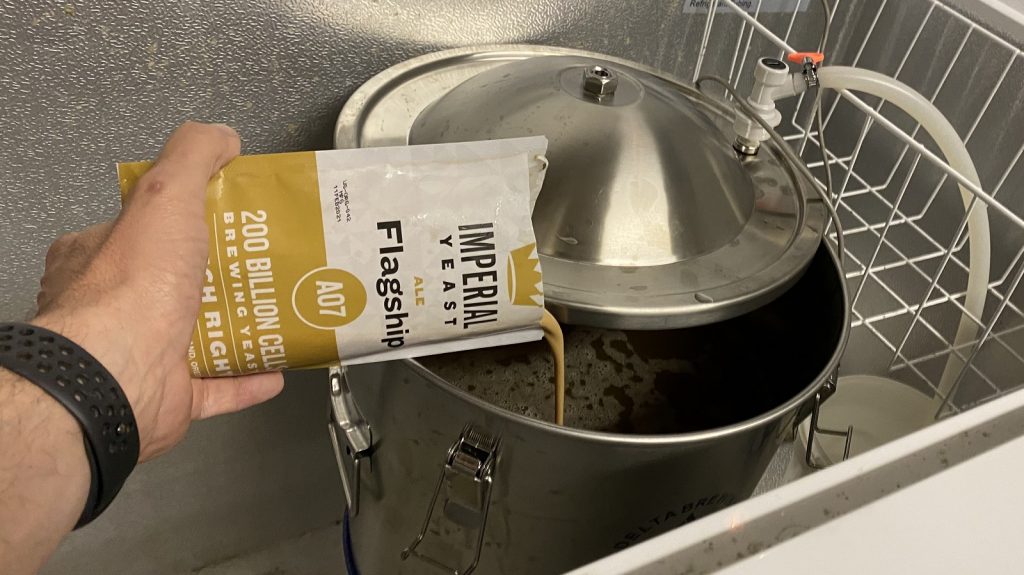
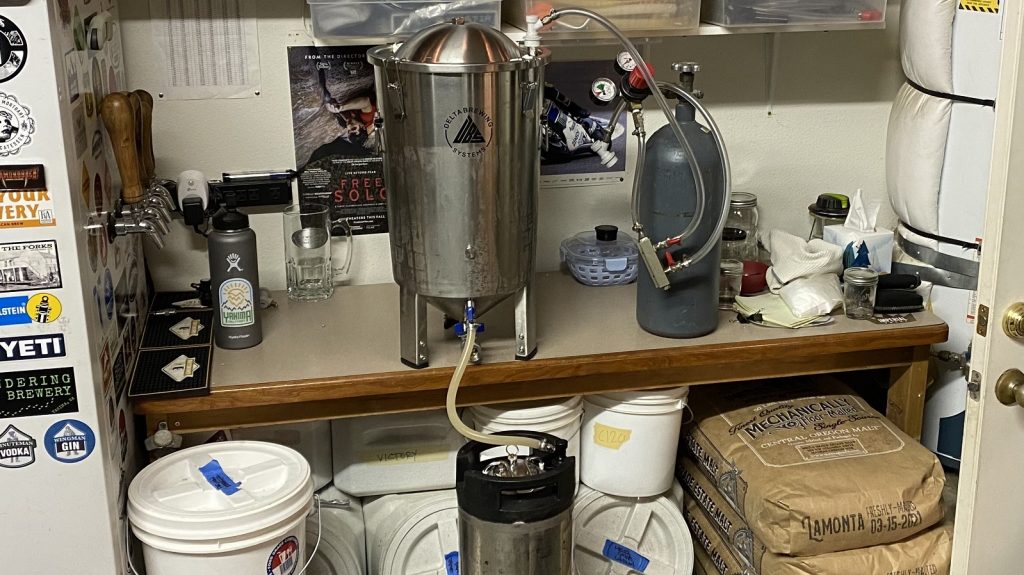
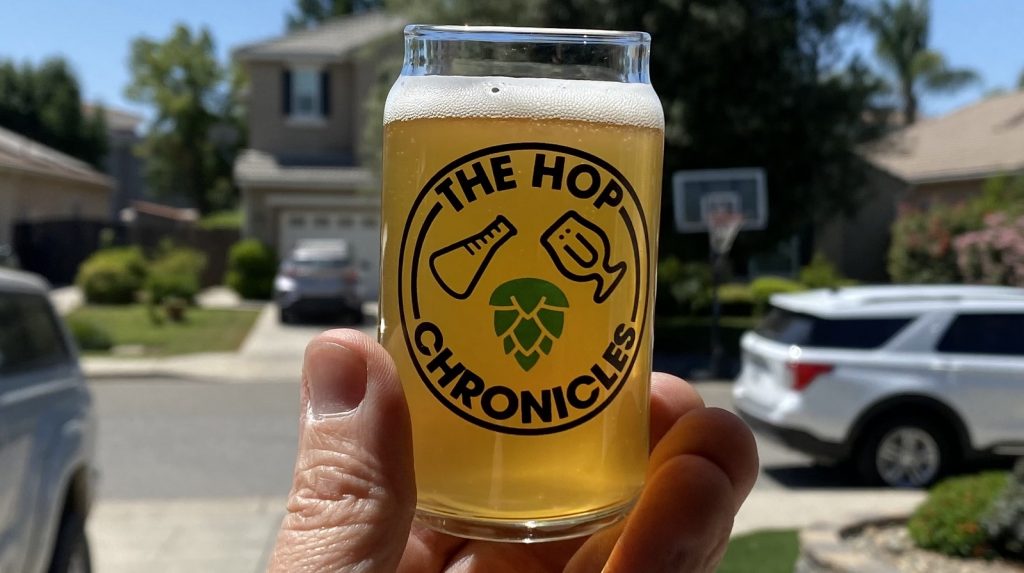

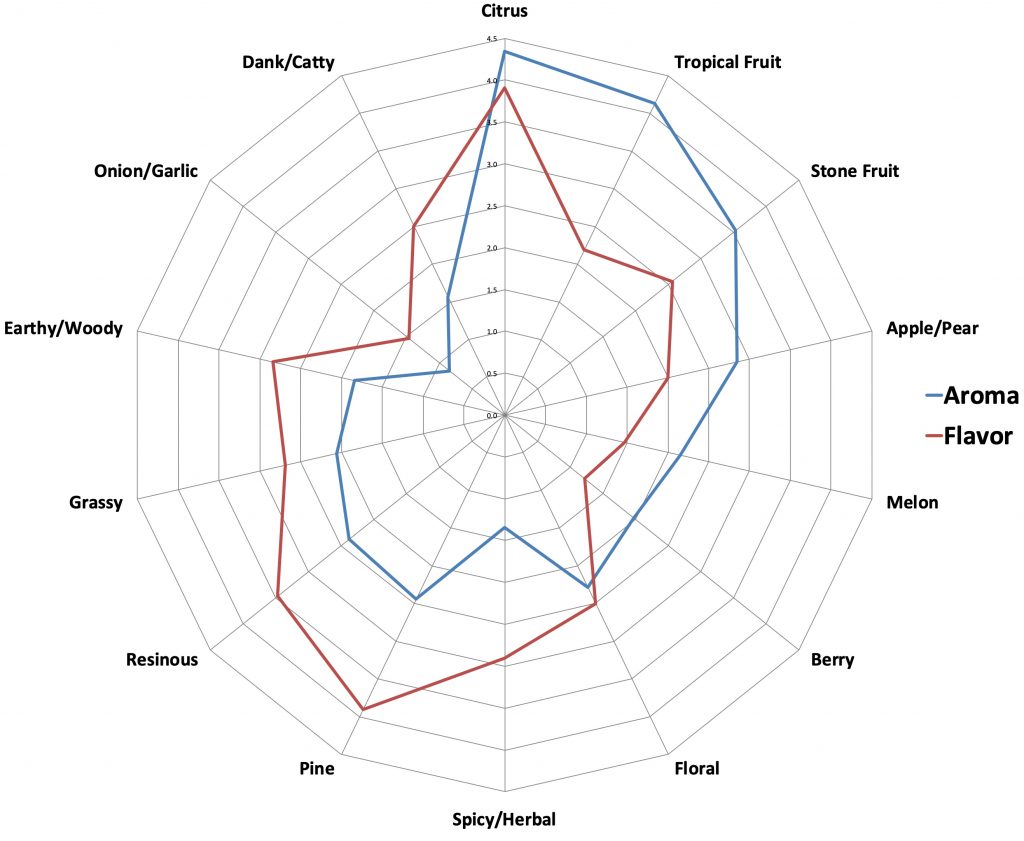
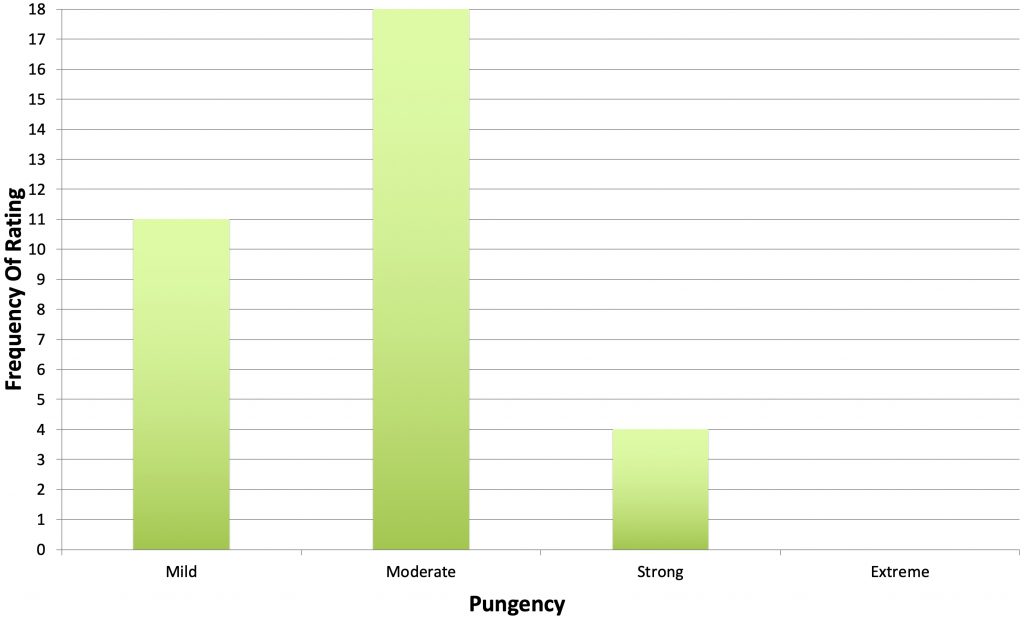
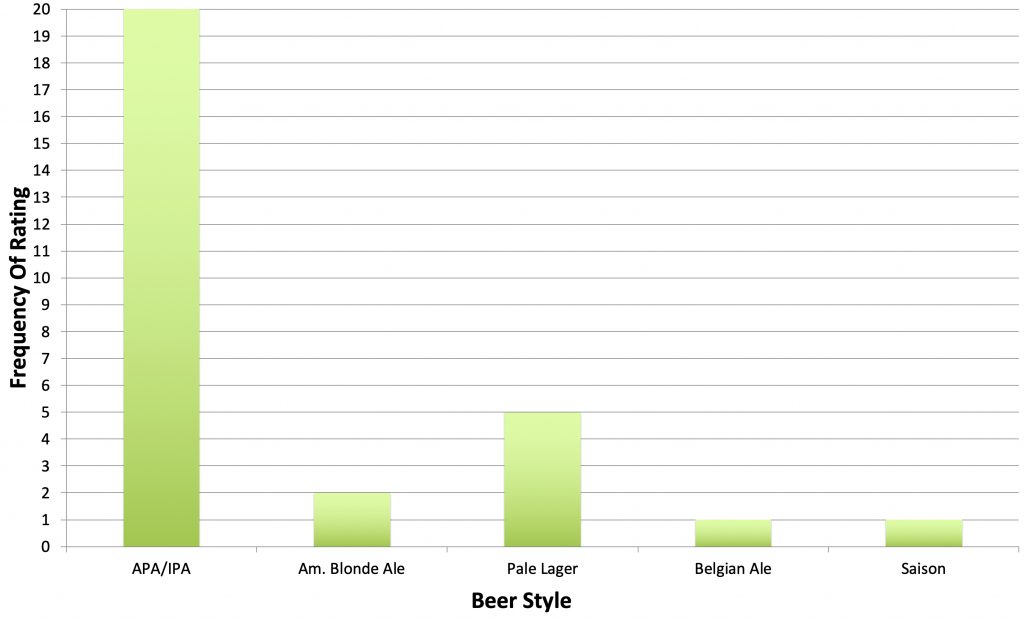
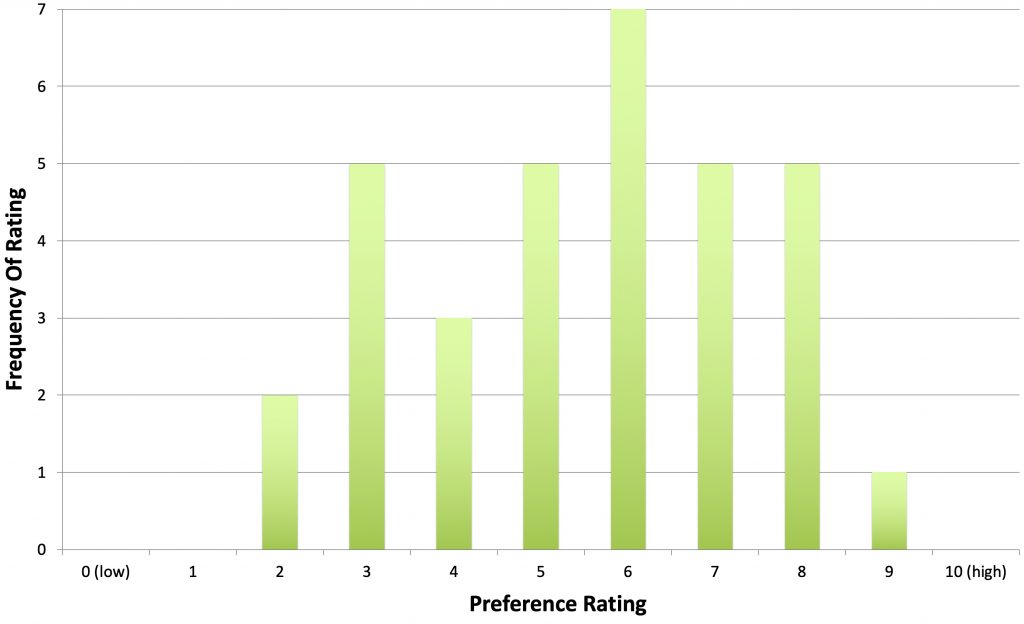











5 thoughts on “The Hop Chronicles | Amarillo LUPOMAX (2020) Pale Ale”
Any chance of a side-by-side comparison of Lupomax and T-90 pellets in the future?
There is a very good chance of that happening. We’ve been thinking about doing one xBmt where we use 30% less LUPOMAX than T90, then another one where we use the same amounts. With Covid coming to an end, it’s likely this will happen sooner than later.
The preference graph seems to have a wider distribution than normal, with quite a few low ratings. Did tasters indicate what they didn’t like about the beer? From all descriptions, it sounds awesome!
Thanks for doing these! The Hop Chronicles are a thoroughly enjoyable read, and a great way to learn more about my favorite ingredient: hops.
Seems like a great candidate for a “dip hop” exbeeriment in a NEIPA! See if you really can “burn off” all that Myrcene and suppress those piney, resinous flavors to let the more tropical linalool and geraniol shine through.